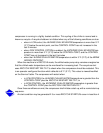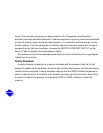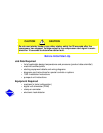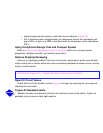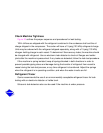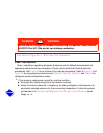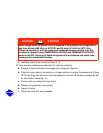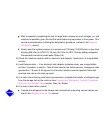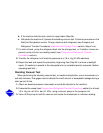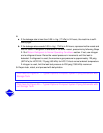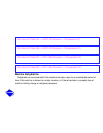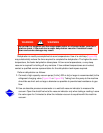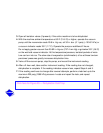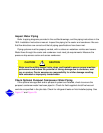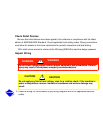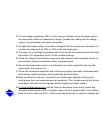
b. If the machine fails this test, check for large leaks (Step 2b).
c. Dehydrate the machine if it passes the standing vacuum test. Follow the procedure in the
Machine Dehydration section. Charge machine with refrigerant (see Pumpout and
Refrigerant Transfer Procedures, Machines with Storage Tanks section, Steps 1a-e).
7. If a leak is found, pump the refrigerant back into the storage tank, or if isolation valves are
present, pump into the non-leaking vessel (see Pumpout and Refrigerant Transfer
Procedures section).
8. Transfer the refrigerant until machine pressure is at 18 in. Hg (40 kPa absolute).
9. Repair the leak and repeat the procedure, beginning from Step 2h to ensure a leaktight
repair. (If machine is opened to the atmosphere for an extended period, evacuate it before
repeating leak test.)
Standing Vacuum Test
When performing the standing vacuum test, or machine dehydration, use a manometer or a
wet bulb indicator. Dial gages cannot indicate the small amount of acceptable leakage during a
short period of time.
1. Attach an absolute pressure manometer or wet bulb indicator to the machine.
2. Evacuate the vessel (see Pumpout and Refrigerant Transfer Procedures section) to at least
18 in. Hg vac, ref 30-in. bar (41 kPa), using a vacuum pump or the pumpout unit.
3. Valve off the pump to hold the vacuum and record the manometer or indicator reading.



